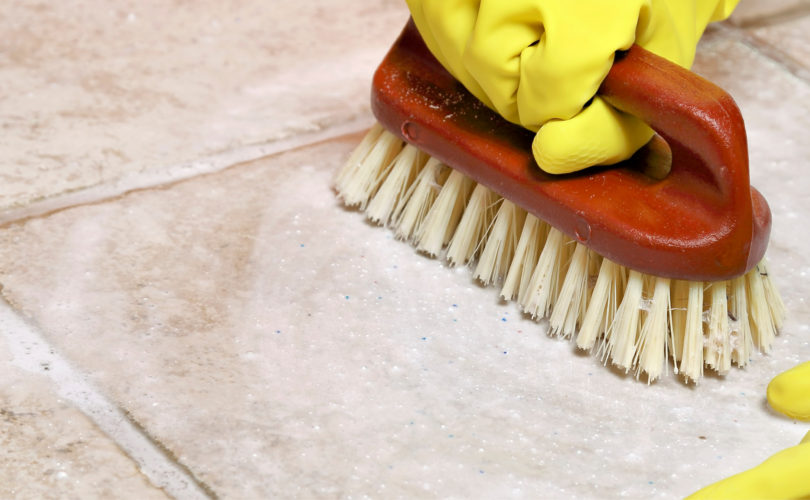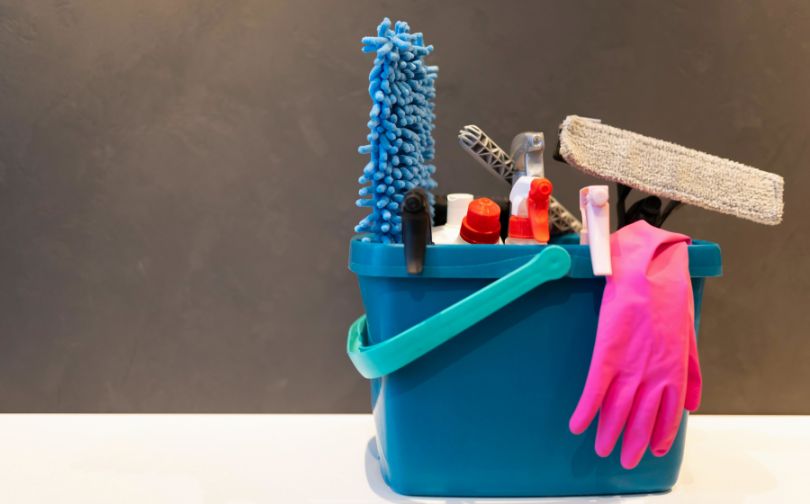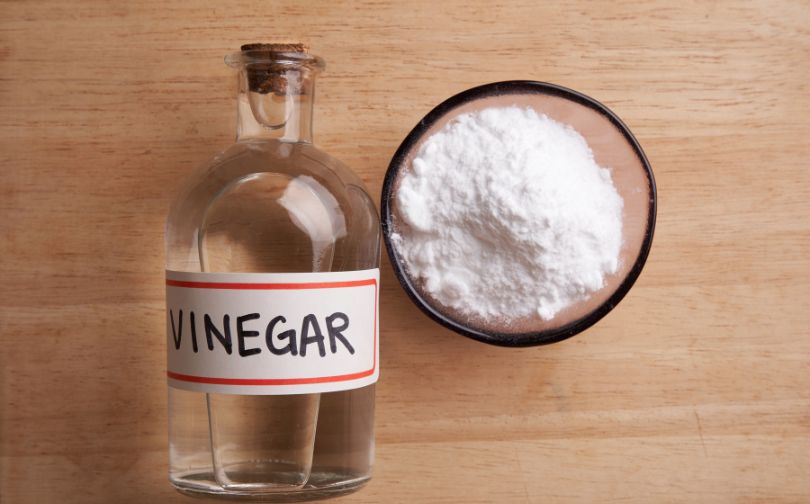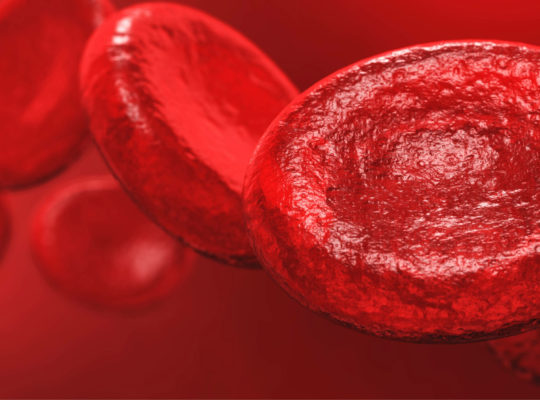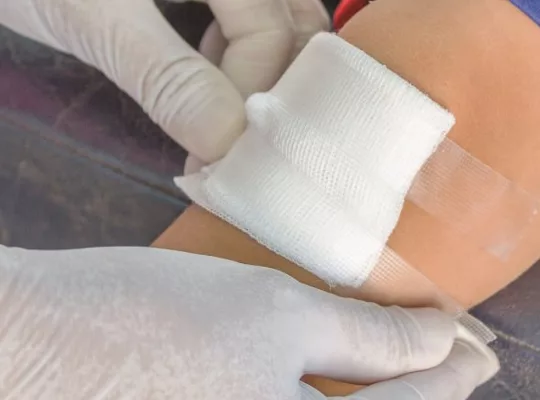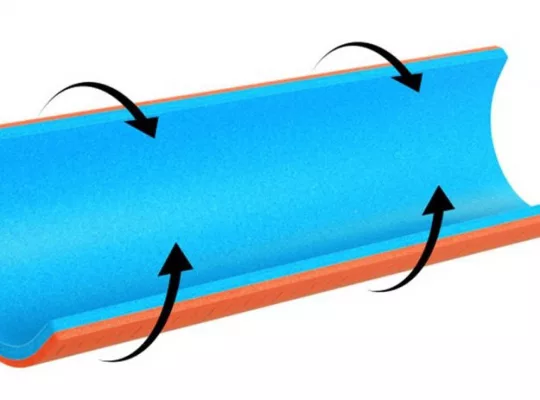Cleaning up vomit is a task most people dread, yet it’s something many of us will face at some point. The smell, the mess, and the concern over proper sanitation can be overwhelming. Many worry about the risk of germs spreading, especially when it’s in a public or shared space.
One fact to keep in mind is that vomit can contain harmful bacteria or viruses, so disinfecting the area thoroughly is essential. This process can feel intimidating, but with the right approach, you can tackle the situation efficiently.
In this guide, you’ll find a step-by-step method for cleaning up vomit, ensuring a safe and clean space afterward. Whether you’re dealing with carpet, hardwood floors, or upholstery, we’ll break down exactly what to do and which tools to use to make the job easier.
Industrial Strength Cleaning
Our vomit cleanup kit has all the necessary items to handle a mess quickly and efficiently. Not only does it assist in cleaning the mess, but it aids in removing all the bacteria from the affected area. It includes Red Z Solidifier, which is a solidifying agent that helps you to clean up liquid spills properly. The kit includes Zorb Sheets, and a scooper and scraper to effectively clean up the mess. Also included are gloves, sanitizer packets and a biohazard bag to help protect yourself while disposing of the vomit.
Cleaning up Vomit with Household Items
If you do not have access to a vomit cleanup kit the following items can be used to assist in cleaning up the mess:
- Paper towel – Start with a paper towel to absorb liquid and to remove any solid waste.
- Baking Soda – Sprinkle baking soda on the remaining liquid area and let it sit for about 15 minutes.
- Dishwashing soap and white vinegar – if the mess happens to take place on a carpet, you can make a cleaning solution by mixing one tablespoon of soap, one tablespoon of white vinegar, and two cups of warm water. Use a clean cloth to blot the mixture onto the carpet until the liquid is absorbed. Then, use a sponge with cold water and blot dry to remove the soap and vinegar solution.
How to Clean the Vomit? [Step By Step Method]
Cleaning up vomit is an unpleasant but important task that helps maintain hygiene, prevent stains, and eliminate odors. Acting quickly and following the right steps ensures the area is thoroughly cleaned and disinfected. Below is a step-by-step guide on how to clean up vomit effectively and safely.
Protect Yourself
Before starting, it’s important to protect yourself. Wear rubber gloves to shield your hands from any germs or bacteria. If the smell is overwhelming, consider wearing a mask. Make sure to keep children and pets away from the area to avoid further contamination.
Remove Solid Material
Begin by removing any solid material. Use a cardboard piece, paper plate, or similar tool to scrape up as much solid matter as possible. Dispose of the waste in a sealed trash bag to contain odors and germs.
Absorb Liquids
Next, sprinkle an absorbent material over the remaining liquid. Baking soda, cat litter, or cornstarch are great options for soaking up moisture. Let it sit until the liquid has been fully absorbed.
Vacuum or Sweep
Once the absorbent material has dried, either vacuum or sweep the area. If cleaning a carpet, use a brush attachment to ensure you remove any particles lodged in the fibers.
Clean the Area
For hard surfaces, wipe down the affected area with a disinfectant wipe or a soapy cloth. If you’re dealing with carpets or upholstery, use an enzymatic cleaner that breaks down proteins and bacteria. This step is crucial to remove any lingering smells and germs.
Rinse and Dry
After cleaning, rinse the area using a damp cloth dipped in clean water. Blot the surface dry with a towel and allow the area to air dry completely. This prevents moisture buildup, which could lead to mold or mildew.
Disinfect (if necessary)
If the vomit might contain infectious material, such as norovirus, it’s recommended to disinfect the area using a bleach solution with a 0.1% concentration. This ensures any remaining bacteria or viruses are eliminated.
How to Remove the Vomit Smell?
To effectively remove the vomit smell, start by cleaning the affected area with soap and water. This step will help eliminate any visible debris.
Once the area is clean, apply a solution of vinegar or sprinkle baking soda on the spot. These natural substances are excellent at neutralizing odors and ensuring that the smell does not linger. Allow the vinegar or baking soda to sit for several hours before wiping or vacuuming it away.
For upholstery, such as in cars, a combination of a vinegar solution and baking soda works well. Activated charcoal or coffee grounds can be left in the vehicle overnight to further absorb any remaining odors. If dealing with carpets, enzyme cleaners are particularly useful as they break down organic matter, which is often the source of the odor.
To add a pleasant scent, consider adding a few drops of essential oils like lemon or peppermint to your cleaning solution. This will mask any residual smells while leaving a fresh aroma. Additionally, ensure proper ventilation during and after cleaning to help disperse any remaining odors.
FAQs
How Do I Get Rid of Vomit Smell from Clothes?
Pre-treat the stained area with vinegar or baking soda before washing. During the wash cycle, add vinegar to help neutralize odors. Ensure the clothes are thoroughly dried afterward to eliminate stubborn smells effectively.
Can Professional Cleaning Services Help with Vomit Smell Removal?
Yes, professional cleaning services can effectively remove vomit odors. They use specialized tools and cleaning products that are often more powerful than standard household methods, providing a more thorough odor removal .
Is It Safe to Use Hydrogen Peroxide on Fabrics to Remove Vomit Smell?
Hydrogen peroxide can be safe for fabrics, but always test it on a small, hidden area first. It may cause discoloration on some materials. A 50/50 mixture of hydrogen peroxide and water works best for odor removal.
What Should I Avoid When Cleaning Up Vomit?
Avoid using harsh chemicals that may harm surfaces or fabrics. Rubbing the stain vigorously can also push it deeper into the material, making it harder to clean. Patting the stain gently is a better approach .

